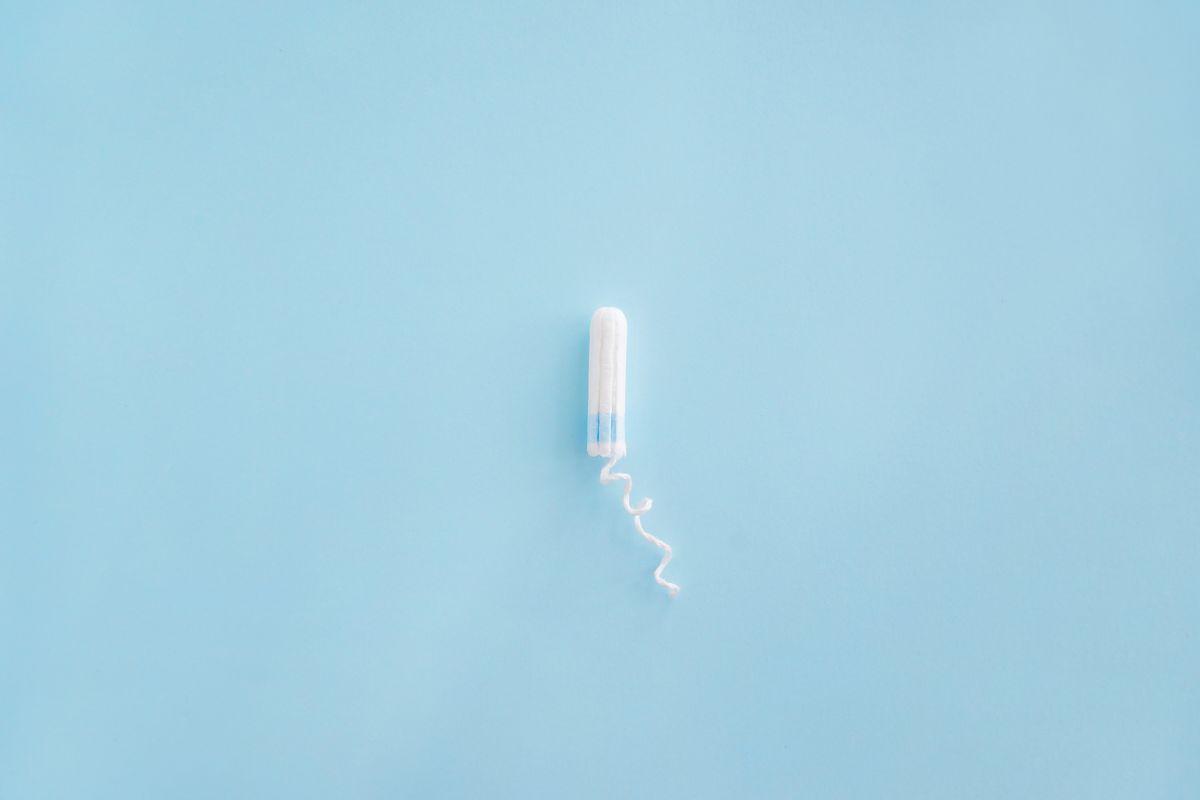Our Specialist Discusses Infertility
Written by Irfana Koita for Doctify
What causes infertility?
Infertility is when a couple cannot conceive despite having regular unprotected sex for at least a year. 1 in 6 couples have difficulty getting pregnant. The causes vary from person to person and couple to couple and can be related to male or female factors, or both.
Conditions which may affect a woman’s fertility include:
– Damage to the fallopian tubes
– Ovulatory problems
– Endometriosis
– Conditions affecting the uterus (e.g., fibroids and polyps)
– Age: female fertility declines after the age of 35
– Polycystic Ovary Syndrome (PCOS)
– Medical conditions such as diabetes, epilepsy and thyroid diseases
– Lifestyle factors such as stress, being overweight or underweight, and smoking
What tests can be done to investigate the cause of infertility?
The only way to really understand what is happening with your fertility is to have comprehensive fertility tests. For men, a semen analysis can assess the sperm quality. For women, blood tests and ultrasound scans are performed to assess the hormone levels, the egg sac count and the uterus. The following tests can be offered after discussion with a fertility specialist.
Female partner tests
ORT
The ORT (ovarian reserve test) is performed between days 1 and 5 of the period. It involves a transvaginal scan and baseline blood hormone profile (E2, FSH and AMH).
Aqua Scan – Uterine cavity assessment
An aqua scan is an investigation which is performed to look for uterine pathology such as polyps and fibroids. It involves passing a catheter through the neck of the womb followed by distension of the uterine cavity. 3-dimensional images of the uterine cavity are taken and assessed.
HyCoSy – Tubal patency assessment
The HyCoSy is a procedure to test the patency of the fallopian tubes. A catheter is introduced into the cervix and an ultrasound probe is then placed in the vagina. A dye is injected into the uterine cavity and its flow into the tubes is observed.
Hysteroscopy
Hysteroscopy is a procedure whereby a telescope is passed into the vagina and through the cervix (the entrance to the womb) to view the lining of the womb and the opening of the fallopian tubes. Polyps, fibroids and any adhesions can be removed at the same time using a Resectoscope.
Laparoscopy
Laparoscopy is a surgical procedure that involves the insertion of a narrow telescope-like instrument through a small incision in the belly button. This allows a visualization of the abdominal and pelvic organs including the areas of the uterus, fallopian tubes and ovaries. This procedure allows the specialist to determine whether there are any defects such as scar tissue, endometriosis, fibroid tumors or other abnormalities of the uterus, fallopian tubes and ovaries.
Immune Tests
An overactive immune system may be the cause of recurrent miscarriages or implantation failures. A blood test can be done to look for the presence of immune markers. Your consultant will discuss this with you if you need this additional test.




